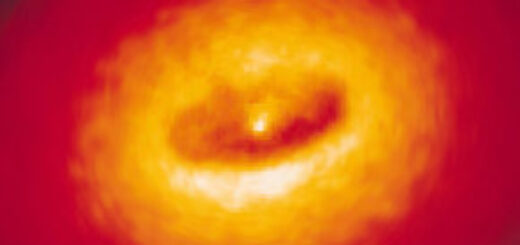SETI@home Project Lets Computer Users Search For Alien Life on 86 Planets

As scientists suggest they’re close to discovering the first habitable planet beyond our own, 86 individual planets are now being scanned for signs of aliens in the cosmos. And people can use their home computers to join in the search.
In April, the SETI Institute in California announced what it hopes to be a temporary suspension of its efforts to find intelligent signals from outer space. Federal and state budget cutbacks caused a reduction in the use of the Allen Telescope Array in northern California, leaving astronomers who search for extraterrestrial intelligence to ask for public donations to get the array up and running again.
In the meantime, space.com reports that instead of searching the heavens for other solar systems that might contain ET signals, scientists are scanning 86 specific planets with the world’s largest steerable telescope, the Robert C. Byrd Green Bank Radio Telescope in West Virginia.
These extrasolar planets are on the short list of more than 1,200 candidate planets discovered by NASA’s Kepler spacecraft.
Only a handful of planets found by Kepler are considered to exist in what’s called the Goldilocks zone, a region of space close enough to their home suns where life may have formed.
“We’ve picked out the planets with nice temperatures — between zero and 100 degrees Celsius [32 and 212 degrees Fahrenheit] — because they are a lot more likely to harbor life,” said University of California, Berkeley physicist Dan Werthimer, SETI@home’s chief scientist.
After the 86 possible planets are scanned, the data will be offered to about a million people who are signed on to the SETI@home project, which allows them to help process SETI (Search for Extraterrestrial Intelligence) information using their home computers.
try{HPUtil.render_video(517055047)}catch(e){}



 Creators of mankind
Creators of mankind Description of “Tall white aliens”
Description of “Tall white aliens” Where they came from?
Where they came from? About hostile civilizations
About hostile civilizations The war for the Earth
The war for the Earth “Tall white aliens” about eternal life
“Tall white aliens” about eternal life Video: “Nordic aliens”
Video: “Nordic aliens” Aliens
Aliens Alien encounters
Alien encounters The aliens base
The aliens base UFO
UFO Technology UFO
Technology UFO Underground civilization
Underground civilization Ancient alien artifacts
Ancient alien artifacts Military and UFO
Military and UFO Mysteries and hypotheses
Mysteries and hypotheses Scientific facts
Scientific facts


















